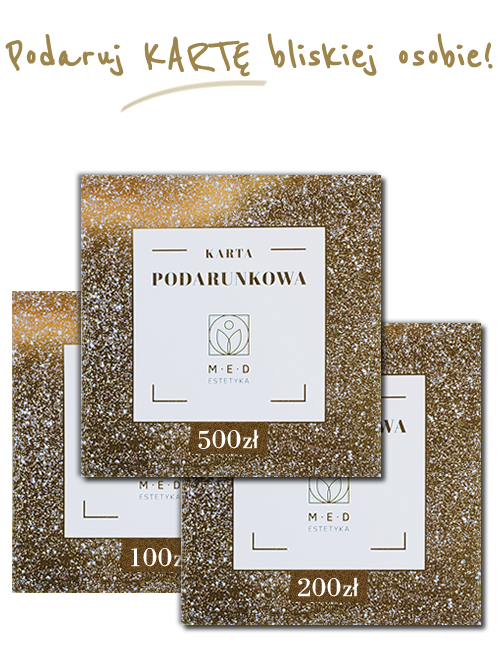Testing for Demodex sp.
Material: Scraps/beans
Study price: PLN 55.00
Waiting time: result after 5 working days
Booking:
Study price: PLN 55.00
Waiting time: result after 5 working days
Booking:
- Check, the hours of operation of the collection center and where booking an appointment is required.
- The study will not be performed from 08.07.2025 to 16.07.2025
Preparation for the study
General
- The test material can be a scraping from the skin or eyelashes.
- The skin on the day of the test should be clean with nothing lubricated (ointment, cream).
- On the day before the test, the collection site should be cleansed of cosmetics(face-powders, eyelashes-carpet). It is not allowed to cleanse the face from cosmetics just before the examination.
Description
The test is designed to detect the parasite (mite) that is the cause of the inflammation.
The nematode, which causes inflammation and a disease called nematosis (Demodex sp.), belongs to the mites and, like other species, is commonly found in our environment,
and its favorite place of residence is the face: sebaceous pores and hair follicles on the forehead, nose, chin, cheeks, eyelashes.
The infection of the pinworm occurs very easily through contaminated clothes, sponges, body brushes, towels, combs, contaminated cosmetic utensils
and cosmetics (lipsticks, glosses, creams, mascara, eyeliner, powders, powder sponges, eyelash and eyebrow brushes, eye shadows, blushes), via blankets and bedding.
Various studies have found them in almost 90% of adult humans.
Despite such widespread prevalence, full-blown symptoms of the disease rarely develop.
Often its course is so mild that it is not associated with infection. Pruritus , a few pimples, red spots, periodic tickling sensation of the eyebrows and eyelids
are not alarming enough to be treated as a disease.
Some people (allergic, immunocompromised, with personal inclinations) develop full-blown symptoms serious enough
that appropriate treatment should be undertaken.
For advanced nematosis, the characteristic symptom is profuse loss of eyelashes, eyebrows, hair from the nasal vestibule, pubic hair, hair on the head, chronic inflammation of the eyelids and conjunctiva (swelling, itching, redness, burning, tearing, purulent or oily exudate),
dilation of skin blood vessels, plaque-like redness of the skin.
Eczema is often confused with eczema, dermatosis, seborrheic dermatitis and folliculitis, and acne.
Persistent, prolonged, unsuccessful treatment by traditional means (steroid ointments, antibiotics, eye drops) of skin lesions, conjunctivitis,
pruritus, alopecia and the like may suggest Demodex infection.
The nematode, which causes inflammation and a disease called nematosis (Demodex sp.), belongs to the mites and, like other species, is commonly found in our environment,
and its favorite place of residence is the face: sebaceous pores and hair follicles on the forehead, nose, chin, cheeks, eyelashes.
The infection of the pinworm occurs very easily through contaminated clothes, sponges, body brushes, towels, combs, contaminated cosmetic utensils
and cosmetics (lipsticks, glosses, creams, mascara, eyeliner, powders, powder sponges, eyelash and eyebrow brushes, eye shadows, blushes), via blankets and bedding.
Various studies have found them in almost 90% of adult humans.
Despite such widespread prevalence, full-blown symptoms of the disease rarely develop.
Often its course is so mild that it is not associated with infection. Pruritus , a few pimples, red spots, periodic tickling sensation of the eyebrows and eyelids
are not alarming enough to be treated as a disease.
Some people (allergic, immunocompromised, with personal inclinations) develop full-blown symptoms serious enough
that appropriate treatment should be undertaken.
For advanced nematosis, the characteristic symptom is profuse loss of eyelashes, eyebrows, hair from the nasal vestibule, pubic hair, hair on the head, chronic inflammation of the eyelids and conjunctiva (swelling, itching, redness, burning, tearing, purulent or oily exudate),
dilation of skin blood vessels, plaque-like redness of the skin.
Eczema is often confused with eczema, dermatosis, seborrheic dermatitis and folliculitis, and acne.
Persistent, prolonged, unsuccessful treatment by traditional means (steroid ointments, antibiotics, eye drops) of skin lesions, conjunctivitis,
pruritus, alopecia and the like may suggest Demodex infection.
Development and preparation of material (applies to contractors only)
432
Demodex sp. examination, Demodex mites, demodex mites, skin parasite, demodicosis, mites, demodex sp., skin lesion, skin, eyelash examination, eyelash, Demodex folliculorum


